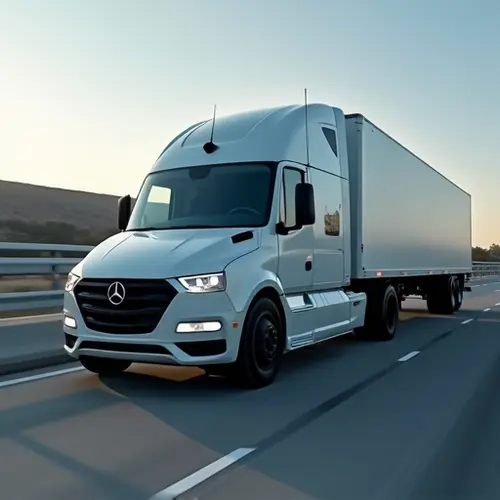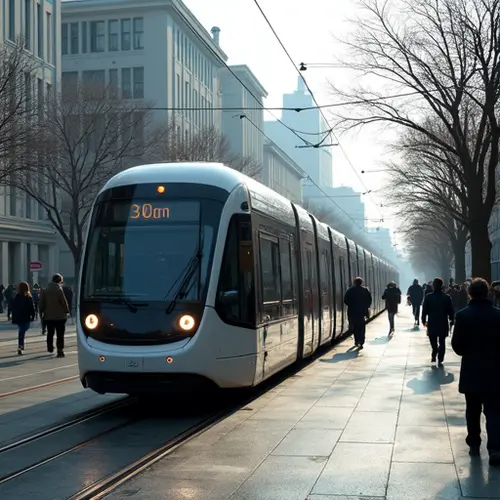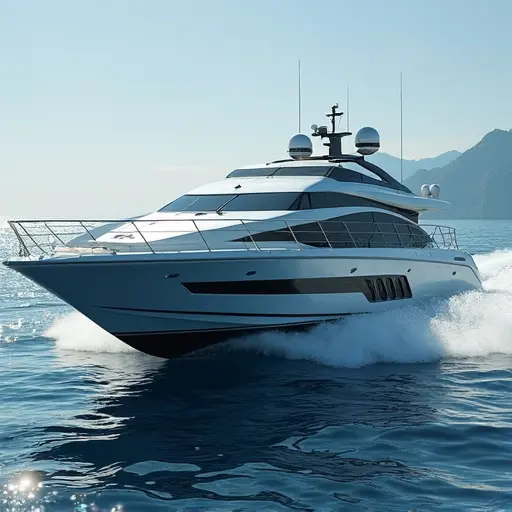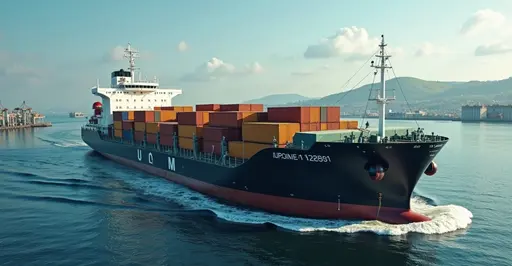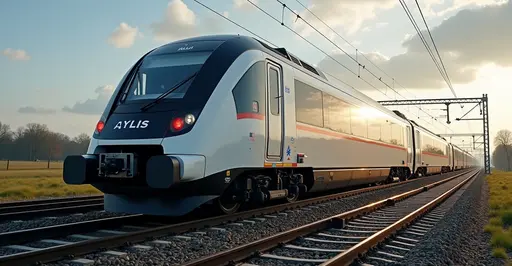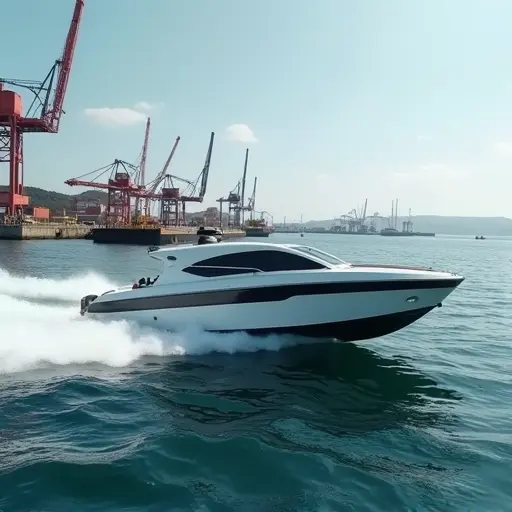
Self-Sailing Vessels Transform Harbor Operations
Autonomous boats equipped with advanced AI systems are revolutionizing harbor navigation worldwide. These self-piloting vessels use computer vision, sensor fusion, and machine learning to safely maneuver through crowded ports without human intervention. Major shipping companies like NYK and Seaspan have deployed over 200 autonomous harbor craft in 2025 alone.
How the Technology Works
The navigation systems combine thermal cameras, LiDAR, and radar to create real-time 3D maps of the harbor environment. AI algorithms process this data to detect obstacles, predict vessel movements, and make collision-avoidance decisions in milliseconds. Orca AI's SeaPod system, adopted by companies like Marubeni and Golden Ocean, acts as a "digital watchkeeper" that never gets tired or distracted.
Recent innovations include swarm intelligence where multiple autonomous boats coordinate movements. During Tokyo Harbor tests last month, 12 unmanned vessels successfully synchronized docking procedures while avoiding fishing boats and buoys. "It's like a perfectly choreographed water ballet," said Captain Hiroshi Tanaka, who monitored the operation.
Benefits and Challenges
Autonomous boats reduce human error which causes 75% of maritime accidents. They've decreased harbor collisions by 33% at the Port of Rotterdam since implementation. Fuel efficiency has improved 18% through optimized routing, contributing to maritime decarbonization efforts.
However, regulatory frameworks struggle to keep pace. The UK Maritime Autonomous Systems Regulatory Working Group released updated guidelines, but global standards remain fragmented. Cybersecurity concerns also persist after a simulated hack at the Port of Singapore exposed vulnerabilities.
Yarden Gross, CEO of Orca AI, notes: "The technology is advancing faster than regulations. We need international cooperation to create safety frameworks that don't stifle innovation."
Future Applications
Beyond cargo handling, autonomous boats now conduct bridge inspections, environmental monitoring, and underwater pipeline surveys. In Hamburg, solar-powered AI vessels continuously test water quality, transmitting data to port authorities instantly. Passenger ferries in Stockholm will begin autonomous operations next quarter following successful trial runs.
With the marine AI market projected to reach $7.2 billion by 2028, harbors worldwide are racing to implement this technology. As Mitsui OSK Lines recently demonstrated during their fully autonomous 161-nautical-mile voyage, the future of maritime navigation has already arrived.

 Nederlands
Nederlands English
English Français
Français Deutsch
Deutsch Español
Español Português
Português



